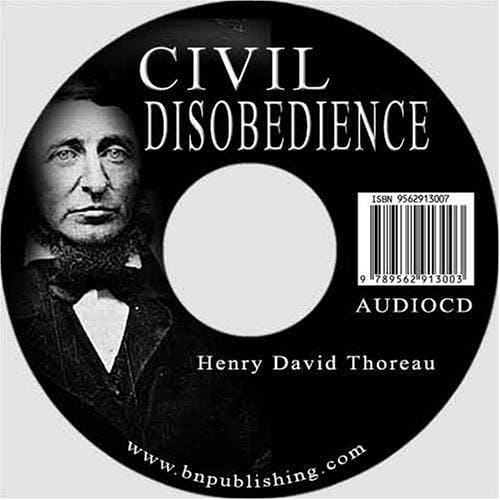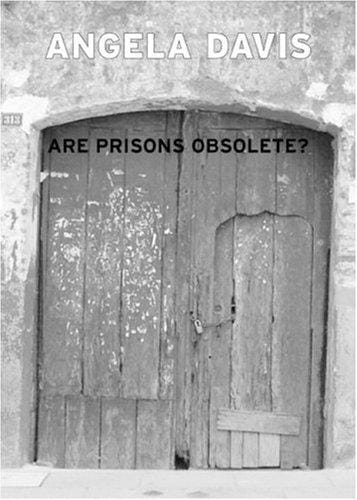Civil Disobedience: A Comprehensive Guide to Peaceful Defiance
Learn the meaning, history, legal basis, and modern relevance of civil disobedience, the nonviolent refusal to obey unjust laws, with examples and practical insights.

Introduction
Civil disobedience is the deliberate, public, and nonviolent refusal to obey laws, demands, or commands of a government or occupying power in order to bring about legal or policy change. Popularized by thinkers like Henry David Thoreau and given global resonance by leaders such as Mahatma Gandhi and Dr. Martin Luther King Jr., civil disobedience has shaped some of the most significant social and political transformations in history. Understanding its origins, strategies, and ethical justifications can help modern activists harness its power responsibly.
What Is Civil Disobedience?
Civil disobedience differs from everyday lawbreaking because it is rooted in conscience and aimed at the public good. Practitioners break specific laws they consider unjust, fully aware of the legal consequences, and often submit peacefully to arrest in order to spotlight the perceived injustice. The visibility of their defiance creates moral tension for society, urging lawmakers and citizens alike to reexamine the legitimacy of the contested law.
Historical Context and Key Figures
Henry David Thoreau
The concept gained literary form in 1849 when American writer Henry David Thoreau published his essay "Civil Disobedience." Thoreau refused to pay a poll tax because he opposed slavery and the Mexican–American War. He argued that individuals must not permit governments to overrule their consciences and have a duty to avoid enabling injustice. His short jail stay and eloquent defense of personal integrity inspired countless future activists.
Mahatma Gandhi
Mohandas K. Gandhi elevated civil disobedience to a mass strategy through his principle of satyagraha, or "truth-force." In British-ruled India, Gandhi organized nationwide campaigns of nonviolent resistance, including boycotts, salt marches, and refusing to pay unjust taxes. By mobilizing millions while maintaining disciplined nonviolence, Gandhi revealed the moral bankruptcy of colonial rule and paved the way for India’s independence in 1947.
Rosa Parks and the Civil Rights Movement
In 1955, Rosa Parks’ refusal to surrender her bus seat to a white passenger ignited the Montgomery Bus Boycott. Guided by Dr. Martin Luther King Jr., African Americans in Montgomery, Alabama walked rather than ride segregated buses for 381 days. The boycott’s success demonstrated that sustained, nonviolent civil disobedience could dismantle discriminatory laws, energizing the broader U.S. Civil Rights Movement.
Legal and Moral Foundations
Civil disobedience occupies a gray zone between legality and morality. Legally, it is a violation; morally, practitioners argue it is an obligation when laws contravene fundamental human rights. Philosophers from Socrates to John Rawls have defended the idea that unjust laws lack legitimate authority. International documents like the Universal Declaration of Human Rights further suggest that individuals possess inalienable rights that supersede unjust statutes. By willingly facing punishment, activists underscore their respect for the rule of law while challenging specific immoral applications of it.
Modern Examples
Contemporary movements continue to employ civil disobedience. Climate activists blockade pipelines, sit in at government buildings, and glue themselves to artworks to demand urgent policy shifts. In 2019, Hong Kong protesters used mass sit-ins and flash-mob roadblocks to resist extradition laws perceived as threats to judicial independence. Meanwhile, Black Lives Matter demonstrators across the United States have staged die-ins on highways to highlight police brutality. Each of these actions relies on visibility, moral appeal, and nonviolent discipline to sway public opinion and lawmakers.
How Civil Disobedience Differs from Other Forms of Protest
Unlike traditional lobbying or permitted marches, civil disobedience involves direct lawbreaking. Yet it is distinct from violent rebellion; nonviolence is its ethical core. The clear, limited violation—often symbolic, like occupying a segregated lunch counter—elicits sympathy rather than fear. This strategic moral contrast helps persuade bystanders and authorities that the status quo is untenable.
Risks and Criticisms
Civil disobedience can provoke backlash. Participants may face arrest, fines, or physical harm. Critics argue it undermines the rule of law and risks escalating into violence. Governments sometimes label activists as extremists to erode public support. Effective campaigns therefore require training, planning, and communication to maintain nonviolence, protect vulnerable participants, and convey clear goals that resonate beyond the activist community.
Why Civil Disobedience Remains Relevant
Global challenges such as racial injustice, climate change, and authoritarianism persist despite formal democratic mechanisms. When institutions prove slow or unresponsive, civil disobedience offers marginalized voices a peaceful yet powerful tool. Social media amplifies incidents instantly, transforming local acts into international conversations. Moreover, research by political scientists Erica Chenoweth and Maria Stephan shows that nonviolent campaigns are twice as likely to succeed as violent ones, demonstrating the enduring strategic value of civil disobedience.
Conclusion
Civil disobedience is neither anarchy nor mere dissent; it is a disciplined form of moral and political engagement that has reshaped laws, toppled regimes, and expanded human rights. From Thoreau’s solitary tax protest to global climate strikes, the core ingredients remain the same: nonviolence, conscientious lawbreaking, and a willingness to accept consequences. In an era of complex crises, understanding civil disobedience equips citizens with a tested roadmap for catalyzing change without sacrificing ethical integrity.
